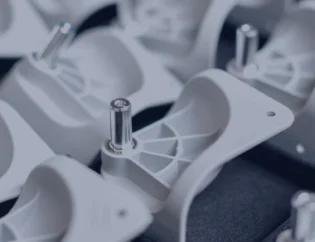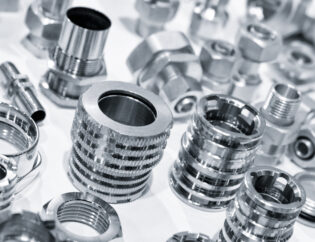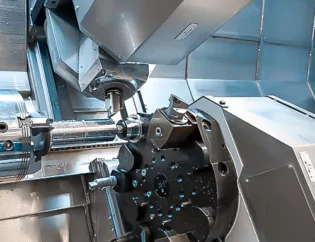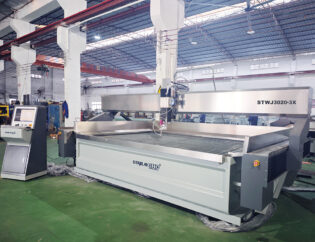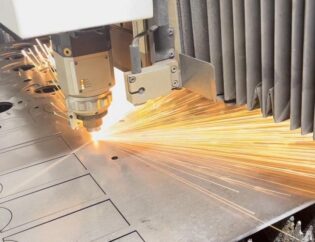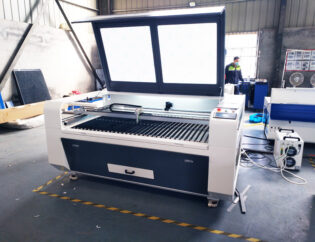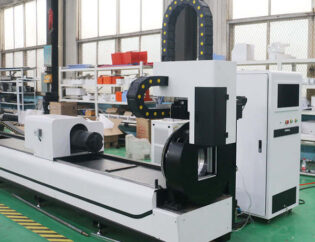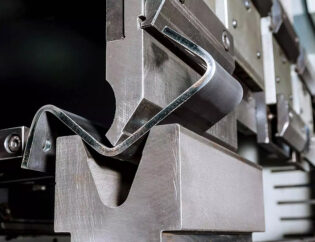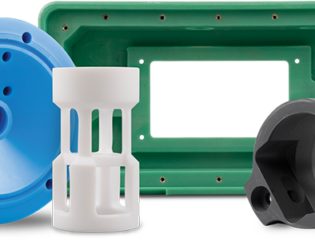Metal stamping is a vital manufacturing process that shapes metal sheets into precise components used across various industries, from automotive to electronics. Understanding this process is essential for engineers, designers, and manufacturers who aim to optimize production efficiency and product quality.
In this guide, readers will explore the different types of metal stamping techniques, the machinery involved, and the materials used. Additionally, we will delve into best practices and innovations that enhance the stamping process, ensuring a comprehensive understanding of this critical manufacturing method.
By the end of this guide, readers will be equipped with the knowledge to make informed decisions about metal stamping applications, troubleshoot common issues, and implement strategies for improved productivity. Whether you are new to the field or looking to refine your expertise, this resource will serve as a valuable reference.
Metal Stamping Processes: A Comprehensive Guide
Metal stamping is a crucial manufacturing process that transforms flat metal sheets into complex shapes and components. This guide delves into the various types of metal stamping processes, their technical features, and the differences between them. By understanding these processes, manufacturers can optimize production efficiency and product quality.
Understanding Metal Stamping
Metal stamping encompasses a range of techniques used to shape metal sheets into desired forms. The process typically involves the use of a stamping press, which applies force to the metal, allowing it to be cut, bent, or formed into specific shapes. This versatility makes metal stamping a preferred choice in industries such as automotive, aerospace, electronics, and consumer goods.
Technical Features of Metal Stamping Processes
The technical features of metal stamping processes can vary significantly based on the method used. Below is a comparison table highlighting the key technical features of different stamping processes.
| Feature | Blanking | Piercing | Drawing | Coining | Lancing | Embossing |
|---|---|---|---|---|---|---|
| Purpose | Cut shapes from sheets | Create holes or cutouts | Form shapes with depth | Create detailed shapes | Create slits or tabs | Create raised designs |
| Material Removal | Yes | Yes | No | No | No | No |
| Die Type | Single or progressive | Single or progressive | Deep or shallow | Closed die | Open die | Open die |
| Applications | Parts for various industries | Components requiring holes | Cup-shaped products | Coins and detailed parts | Vents and tabs | Decorative surfaces |
| Production Volume | High | High | Medium | Medium | Low | Medium |
Types of Metal Stamping Processes
Metal stamping processes can be categorized into several types, each serving specific purposes and applications. The following table outlines the different types of stamping processes and their characteristics.
| Type | Description | Applications |
|---|---|---|
| Blanking | Cutting larger sheets into smaller pieces, where the cut piece is the product. | Automotive parts, brackets, enclosures. |
| Piercing | Punching holes or cutouts in metal sheets. | Electrical components, brackets. |
| Drawing | Forming metal into shapes with depth using a punch and die. | Cups, containers, and deep-drawn parts. |
| Coining | Stamping metal to create detailed shapes, often used for coins. | Coins, medallions, and intricate parts. |
| Lancing | Cutting slits in metal without removing material, creating tabs or vents. | Automotive parts, brackets, and clips. |
| Embossing | Creating raised designs on metal surfaces. | Decorative panels, automotive parts. |
The Importance of Metal Stamping
Metal stamping is essential for producing high-quality components with precision and efficiency. Industries such as automotive and aerospace rely on stamping to create lightweight yet durable parts that meet stringent safety and performance standards. Companies like National Material Company leverage advanced stamping techniques to deliver superior products.
Conclusion
Understanding the various metal stamping processes is vital for manufacturers aiming to optimize production and enhance product quality. Each stamping type offers unique advantages and applications, making it essential to choose the right method based on specific project requirements. By utilizing the right stamping techniques, companies can achieve cost-effective solutions while maintaining high standards of precision and consistency.
FAQs
1. What is metal stamping?
Metal stamping is a manufacturing process that transforms flat metal sheets into specific shapes using a stamping press and dies.
2. What are the main types of metal stamping processes?
The main types include blanking, piercing, drawing, coining, lancing, and embossing, each serving different purposes in manufacturing.
3. How does blanking differ from piercing?
Blanking removes a piece from a sheet to create a product, while piercing creates holes or cutouts in the metal without removing the punched material.
4. What industries commonly use metal stamping?
Industries such as automotive, aerospace, electronics, and consumer goods frequently utilize metal stamping for producing various components.
5. Why is precision important in metal stamping?
Precision ensures that stamped parts meet design specifications and quality standards, which is crucial for performance and safety in applications like automotive and aerospace.

